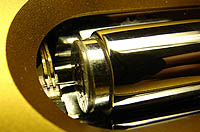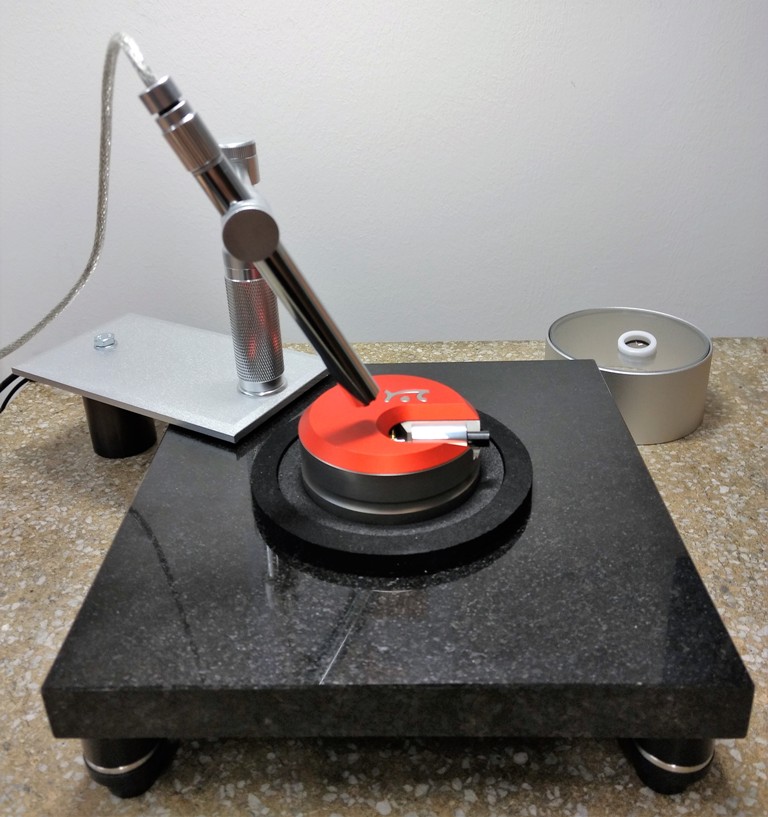Study of Solid State Surfaces using a Scanning Tunnelling Microscope
Supervisor:Dr. S. Vogt
 In the
experiment Scanning Tunneling Microscopy STM the lateral
electron density distribution of solid state surfaces
will be depicted. This allows under optimised conditions to
visualize single atomic positions. Beside it, more extended
objects as quantum dots and monolayer terraces with dimensions
in the nm-range will be represented.
In the
experiment Scanning Tunneling Microscopy STM the lateral
electron density distribution of solid state surfaces
will be depicted. This allows under optimised conditions to
visualize single atomic positions. Beside it, more extended
objects as quantum dots and monolayer terraces with dimensions
in the nm-range will be represented.
The scanning tunneling microscope is based on the quantum
mechanical tunnel effect. In addition to the imaging of the
surfaces, current-voltage curves in dependence on the distance
from tip to surface and current-distance curves are recorded.
By fitting appropriate model equations the barrier height of
the particular tip-sample combination can be determined.
 Methodical aspects
cover the different scan modes of a STM and the piezoelectric
materials which enable the STM experiments by controlling the
tip position with sub-nm accuracy. The experiment gives direct
practical experience by application of this modern method of
surface physics.
Methodical aspects
cover the different scan modes of a STM and the piezoelectric
materials which enable the STM experiments by controlling the
tip position with sub-nm accuracy. The experiment gives direct
practical experience by application of this modern method of
surface physics.
